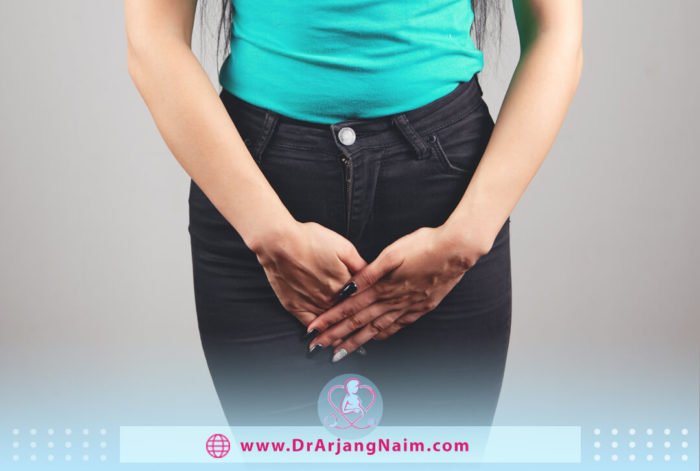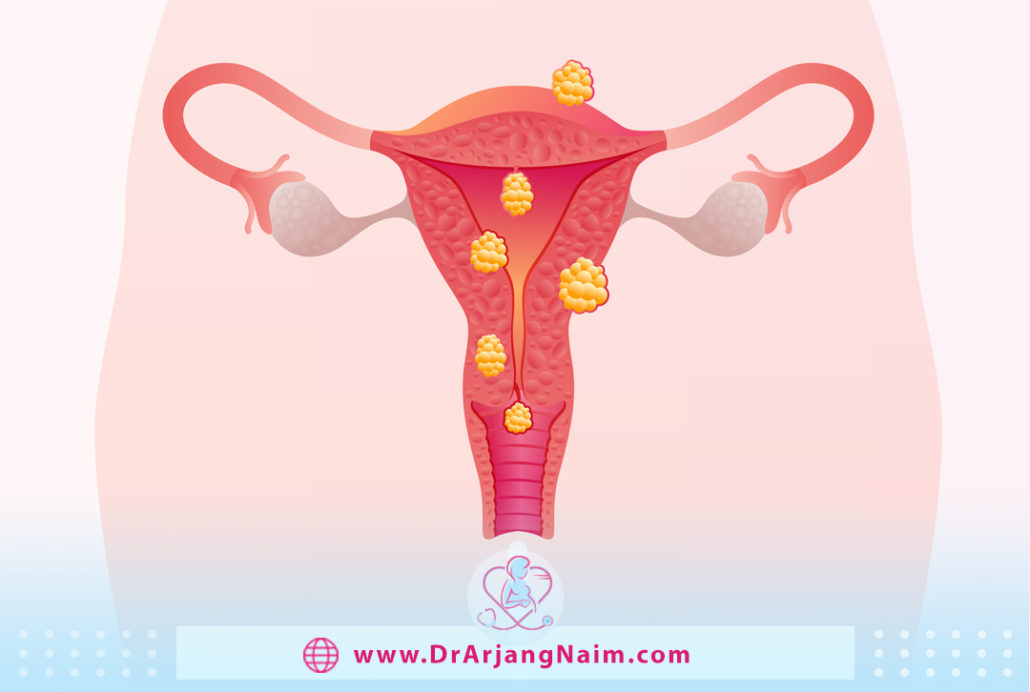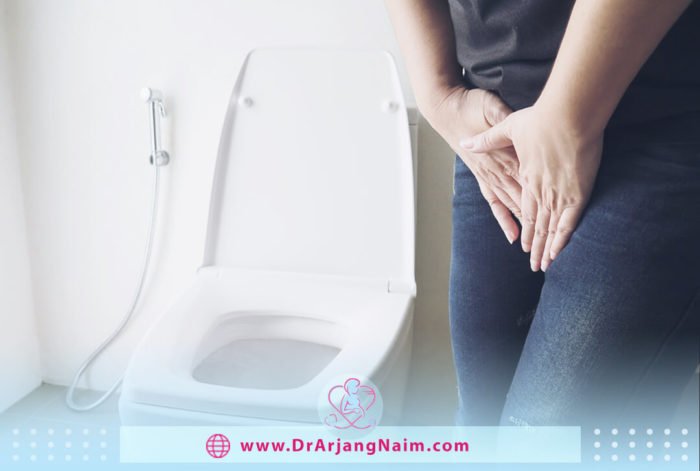What is the Pelvic pain?

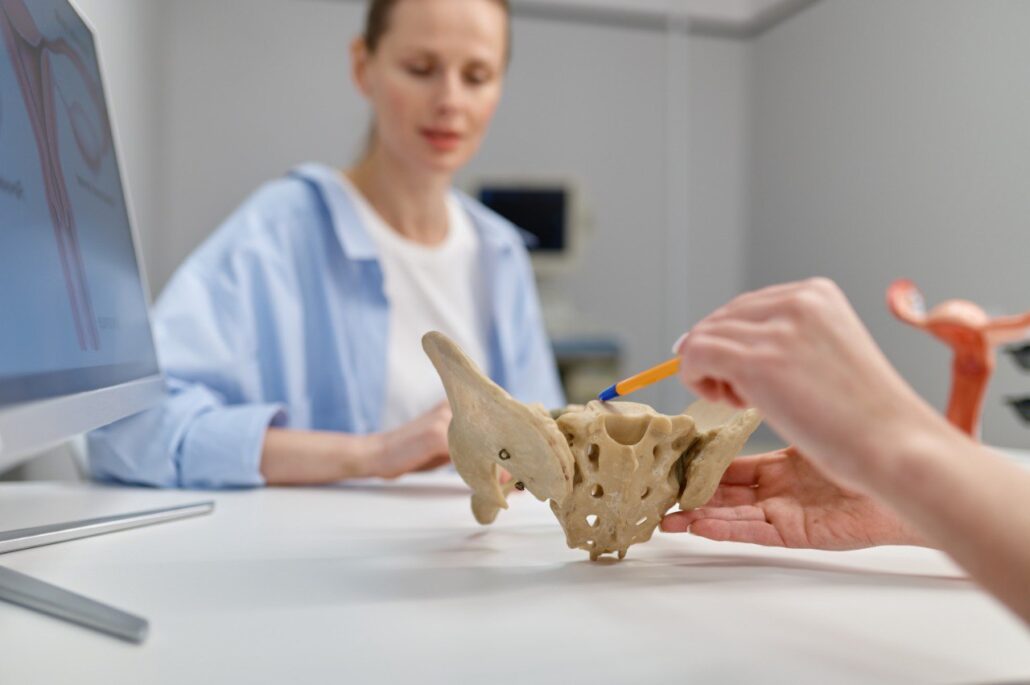
Pelvic pain services
Although pelvic pain often refers to pain in the genital area of women, it can occur in all genders and can be caused by other causes. Pelvic pain involves the lower abdomen, between the belly button and groin. In some people, pelvic pain may be a symptom of menstrual cramps, ovulation, or digestive problems such as food intolerances.
Sometimes, pelvic pain indicates an infection or problem in the genital tract or other organs in the area. In this case, the person may need to see a doctor.
Dr. Naim is recognized as a pioneer in treating pelvic pain and endometriosis. Dr. Naim helps women in the Los Angeles area understand their pain’s causes so they can use the most appropriate care for long-term relief.
Symptoms related to pelvic pain
Pelvic pain may be accompanied by other warning signs. Some of the most common symptoms include:
- Vaginal bleeding, spotting or discharge
- Menstrual pain
- Dysuria
- Constipation or diarrhea
- Bloating or gas
- Rectal bleeding
- Pain during sex
- Fever or chills
- Hip pain
- Pain in your groin area


Common causes of chronic pelvic pain
Several medical conditions can cause pelvic pain. One way to succeed in treatment is to find the root cause. Some of the causes of pelvic pain include:
- Endometriosis: Endometriosis occurs when tissue similar to the endometrium, or tissue that lines the inside of the uterus, grows outside. Endometriosis can cause chronic and long-term pelvic pain in some women.
- Ectopic pregnancy: An ectopic pregnancy occurs when the embryo implants and grows anywhere outside the uterus. In this case, very severe pain and cramps are felt in the pelvis, usually concentrated on one side. Other symptoms include nausea, vaginal bleeding, and dizziness.

- Menstrual pain and cramps: Menstrual cramps are one of the common causes of pelvic pain. Over half of people who have periods have pain for at least 1 to 2 days in each cycle. Menstrual cramps usually occur before your period starts, as the uterus contracts and sheds its lining. The pain may feel like a muscle spasm or stabbing pain.
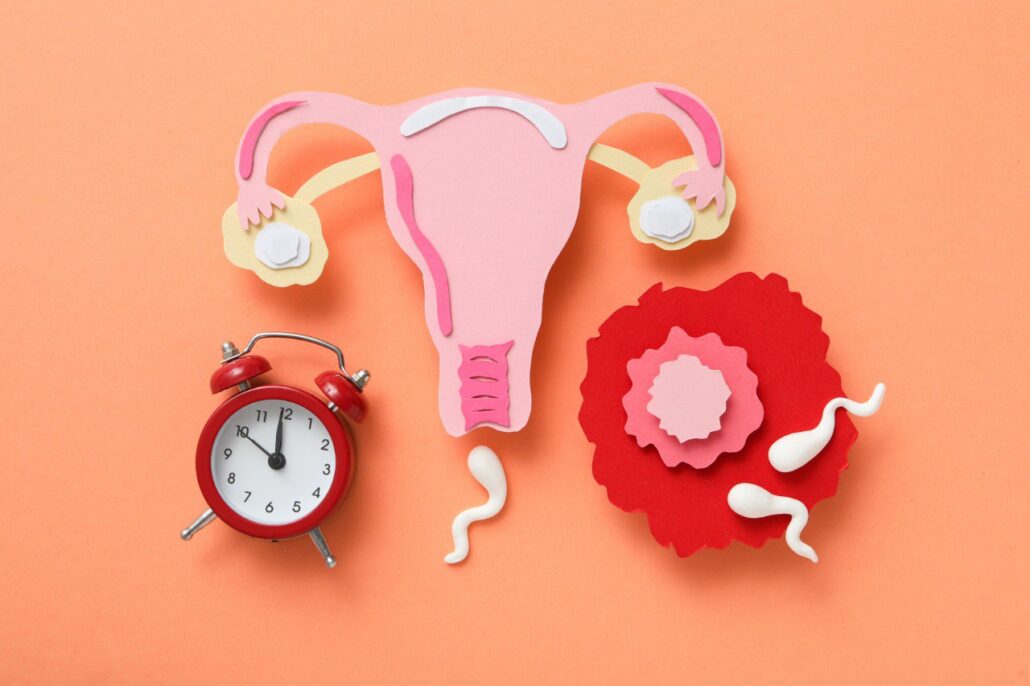
- Ovulation: If a person feels pain on one side of their pelvis in the middle of their menstrual cycle, they may be experiencing mittelschmerz. Doctors use this German word to describe painful ovulation.
- Interstitial cystitis: Interstitial cystitis is a persistent bladder inflammation with no specific cause. Interstitial cystitis can cause pelvic pain and symptoms such as painful urination, frequent urination, and pain during sex. Treatment often involves managing symptoms as best as possible.
- Sexually transmitted infections: Pelvic pain may indicate a sexually transmitted infection (STI), such as gonorrhea or chlamydia. STDs occur in sexually active people.
- Pelvic inflammatory disease: Pelvic inflammatory disease (PID) is an uterine infection that can damage the surrounding tissue. PID is usually a complication of an STI. Women may experience other symptoms and pelvic pain, including abnormal vaginal discharge and bleeding.


- Irritable bowel syndrome: irritable bowel syndrome (IBS) is an intestinal disorder that causes pain and symptoms, including constipation, diarrhea, and bloating. IBS symptoms flare up and go away over time, especially after a bowel movement. There is no cure for IBS, so treatment focuses on managing symptoms through changes in diet, stress levels, and medications.
- Appendicitis: Appendicitis is inflammation of the appendix, a small organ on the lower right side of the abdomen.
- Urinary stones: Stones in the urinary system are made of minerals and salts such as calcium, which the body has difficulty excreting through urine.
- Uterine fibroids: Fibroids are lumps of muscle and fibrous tissue inside the uterus. While these lumps are noncancerous, they can be a source of pain, causing pelvic fullness with abnormal bleeding. They may cause discomfort in the pelvis or back or pain during sex.
About Dr.Naim
Arjang Naim is an established and highly skilled physician with over 20 years of experience in obstetrics and gynecology. He is the best ob-gyn in Los Angeles and surrounding communities. He has been practicing medicine since 2001 from two locations in Los Angeles, an office near Beverly Hills and Beverly center, and the other in Hollywood across from children’s hospitals and Hollywood Presbyterian Medical Center.
After obtaining his Bachelor’s degree from UCLA, he spent four years in New York City to study medicine at the prestigious Mount Sinai School of Medicine. His residency in OB/GYN was at Maimonides Medical Center, which happens to be one of the busiest hospitals in New York.
Dr. Naim’s services in Pelvic pain
Pelvic pain is often caused by multiple conditions and can be caused by problems affecting the genitals, urine, or digestive tract. Sometimes, the pain is caused by connective tissue problems and pelvic floor muscles.
Dr. Naim is taking a comprehensive test with a personal and family history to look for clues to the root cause of your pain. Also, he performs a pelvic exam and may have other tests, such as an ultrasound and a blood test, that can be done in the office. Sometimes, he may perform a diagnostic test called a laparoscopy to examine your uterus thoroughly.
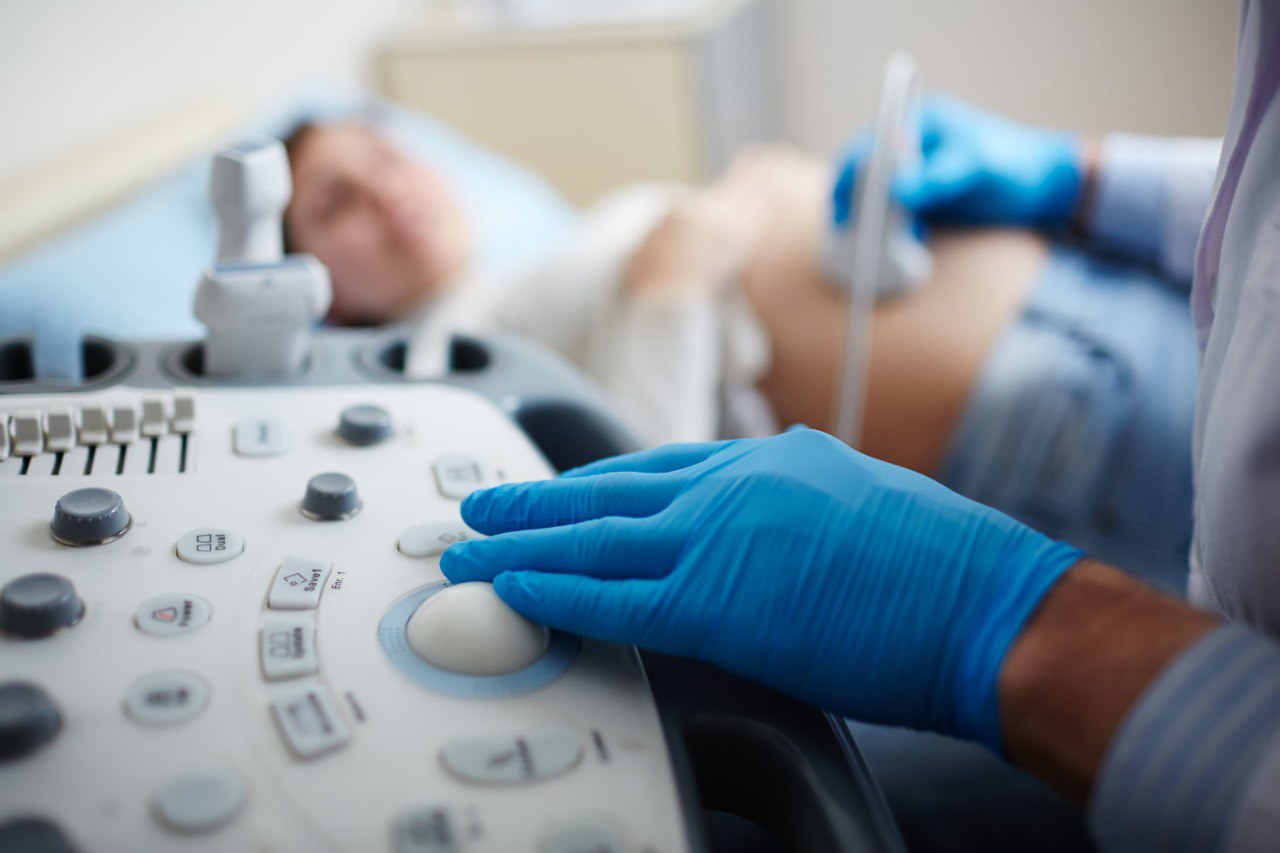

Treatment of pelvic pain
First, Dr. Naim will try to determine the cause of the pain. If the cause is identified, appropriate treatment is given to the cause, but often, the cause of pelvic pain cannot be determined definitively. In this case, treatments are done to reduce pain and annoying symptoms. Treatments include the following:
- Antidepressants
- Antibiotics
- Hormone therapy
- Physical therapy
- Laparoscopic surgery
- Counseling
- Hysterectomy
Can pelvic pain be prevented?
Pelvic pain cannot always be prevented. However, incorporating these tips into your daily life can help reduce the risk:
- Limit activities that require you to stand or walk for long periods
- Eat more fiber
- Stretch your muscles
- Visit your healthcare provider regularly

Did you know?
Pelvic pain isn’t always in the pelvis.
Pelvic pain is in the lower abdomen and pelvis. It may refer to symptoms arising from the reproductive, urinary, or digestive system, or from the pelvic muscles and ligaments. It is interesting to know that referred pain is common for Pelvic pain. This is because the abdomen does a poor job of localizing pain. Women may describe the pain as being located in the abdominal wall, lower back, or buttocks. However, a gynecological examination can reveal that the pain is actually from the vagina.
Customer reviews
Frequently Asked Questions
Pelvic pain is a common problem among women. Its nature and severity may fluctuate, and its cause is often unclear. Pain can be acute or chronic. Specific treatment depends on the cause determined by physical examination and tests
Stress and anxiety can lead to a tightening of the pelvic floor muscles, leading to pelvic floor pain or dysfunction.
Treatment for a cancerous pelvic mass may include surgery, chemotherapy, radiation therapy, or multiple treatments.
It can take years or even decades for abnormal changes in the cervix to turn into invasive cancer cells. Cervical cancer may develop more quickly in people with weaker immune systems, but it is likely to take at least five years.
Pelvic inflammatory disease is an infection of the female reproductive organs. This complication is often caused by sexually transmitted diseases such as chlamydia and gonorrhea. Other non-sexually transmitted infections can also cause PID.


